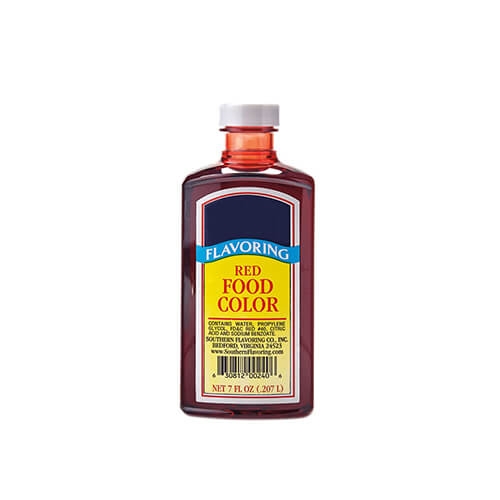Red food coloring has been a subject of controversy when it comes to its effects on children’s behavior. Many parents and educators believe that consuming foods with red dye can lead to hyperactivity and other behavioral issues in children. While some studies have supported this claim, others have found no significant link between red food coloring and behavior. Let’s explore the possible impact of red food coloring on child behavior.
Some research suggests that red food coloring, specifically Red 40, may contribute to hyperactivity in children. This artificial dye is commonly found in various food products, including candies, cereals, and beverages. Children who consume these products may experience increased restlessness, impulsivity, and difficulty focusing. However, the exact mechanism behind this correlation is still unclear, and more studies are needed to determine the true impact of red food coloring on behavior.
In addition to hyperactivity, some children may also exhibit allergic reactions to red food coloring. These reactions can include skin rashes, hives, and gastrointestinal issues. In severe cases, children may experience difficulty breathing and require immediate medical attention. Parents should be vigilant about monitoring their child’s diet and paying attention to any potential reactions to red food coloring.
It is essential for parents to be aware of the potential risks associated with red food coloring and make informed decisions about their child’s diet. Reading food labels and choosing products that are free of artificial dyes can help minimize the impact on behavior. Additionally, incorporating a balanced diet rich in fruits, vegetables, and whole grains can promote overall health and well-being in children.
While the debate over the effects of red food coloring on child behavior continues, it is essential to approach the topic with caution and skepticism. Every child is unique, and what works for one may not apply to another. By staying informed and making conscious choices about nutrition, parents can support their child’s development and address any behavioral concerns that may arise.
In conclusion, the impact of red food coloring on child behavior remains a topic of ongoing research and discussion. While some studies suggest a link between red dye and hyperactivity, more evidence is needed to draw definitive conclusions. Parents play a crucial role in monitoring their child’s diet and making choices that promote optimal health and well-being. By staying informed and proactive, parents can navigate the complexities of food additives and support their child’s overall development.
